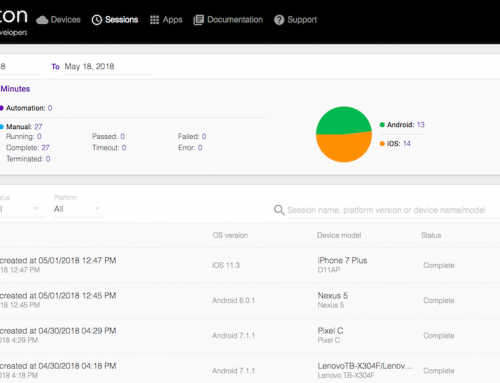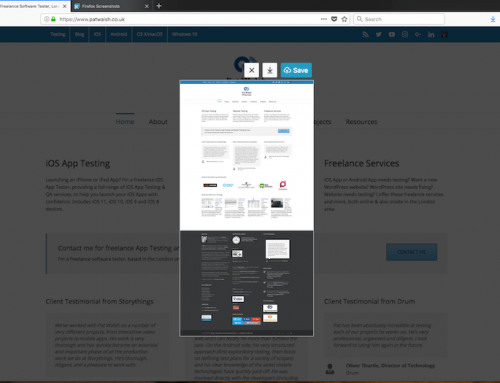Having waited long enough, I finally purchased a Windows 8 laptop. To be precise, the Asus Vivobook S200e that I was very impressed with when I tested it, back at end of 2012.
It came to nearly £400 with Express Delivery from Amazon, so a good deal.
I’ve now set it up as I want it and thought I’d share both my initial thoughts and also tips on setting these types of laptops up.
Initial Thoughts on the ASUS Vivobook S200e
So far, I’m very impressed with the laptop. Windows 8 has some quirks but with the touchscreen on this device, it’s actually good to use. I’m also learning the keyboard shortcuts and swipe gestures and everything’s falling into place.
The Asus Vivobook S200e looks quite cool for a small laptop/notebook and is light but still sturdily made. I’ve tested the Instant On feature a few times and its averaged startup times – from off and then press On button to Windows 8 login screen – of around 12 seconds, which is excellent. My old Windows 7 laptop had got to stage of taking ages to startup, but I had filled it choc full of software of all types – business, testing and development – so wasn’t surprised. Also, I have checked the battery life and it seems to be around 4 hours, which isn’t bad for a fairly light device.
Setting up the ASUS Vivobook S200e
As for setting up the laptop, it took quite a while, but mainly because I had a lot to get through, as below:
Installations:
- DropBox
- Google Drive
- Sky Drive
- Office 2013 via Office 365, which was nice and easy, not much more than one click install
- Oracle’s VirtualBox – so can run Windows 7 & other virtuals
- Browsers – Chrome and Firefox
Uninstall:
- McAffee Internet Security
Then installed AVG for anti-virus.
During the whole process of setting the laptop up, there were several times when it took a while to restart due to many updates of the ‘1 of 15 updates’ type, but it always seemed to get there in the end.
Initial Thoughts on Windows 8
Having used Windows 8 quite a bit now, I’m finding my way around quite well and am enjoying some of the Windows 8 features on this laptop. The touchscreen functionality is great and I’m finding I’m using it more and more, especially when browsing the web and also when moving through the list of Apps and also moving through large documents.
I’d definitely say that a touchscreen is essential for Windows 8 – without it, it just doesn’t make sense. Also, I’d say that Microsoft should setup Windows so that it starts up in Desktop mode if you don’t have a touchscreen.
I’ve now got Office 2013 installed on the laptop and it works well, though I’m just using the basic install setups, so haven’t had time to set it up as I want it yet.




